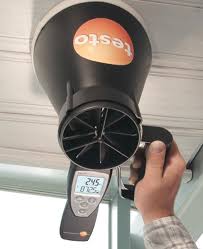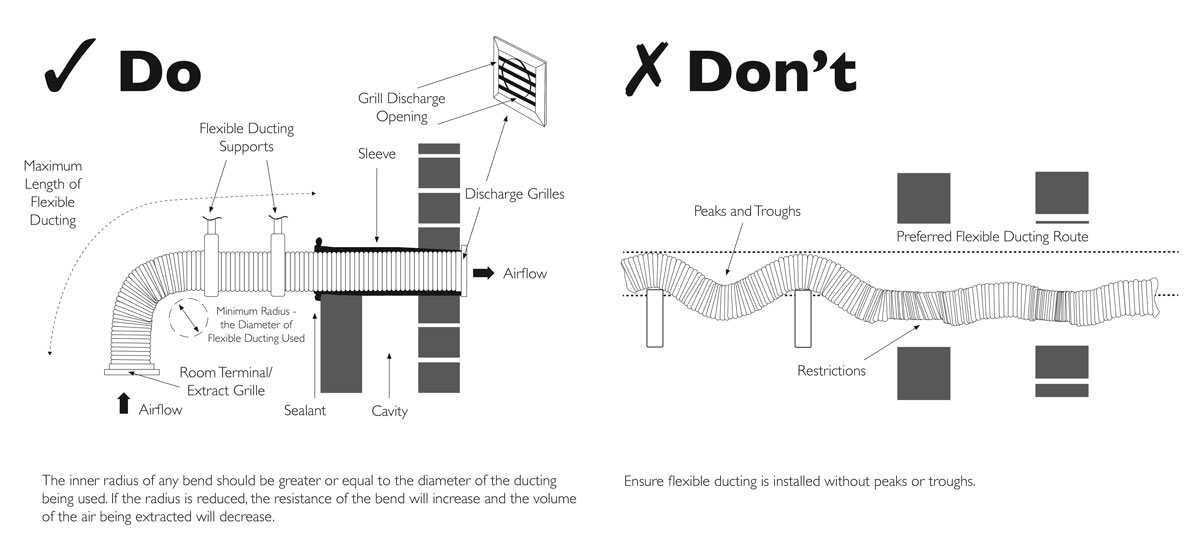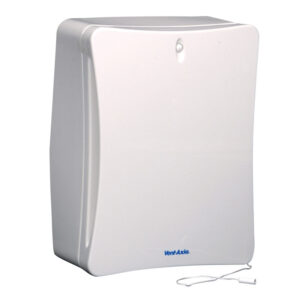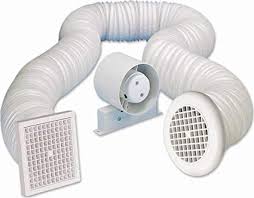Ventilation in our homes is under increased scrutiny from building control – and for good reason.
We test a lot of extract fans as per the Part F requirements and we are seeing many clients experiencing failures on their sites – the hassle and time required to fix these issues is a last minute headache that nobody needs!

A typical System 1 extract fan
We hope that the guidance here will help more of you to achieve successful Part F fan tests.
What do the regs say?
Building regulations require that all intermittent fans are tested on completion of a build to ensure they perform as they should. This is carried out with portable equipment that measures the extract rate on wall and ceiling fans, and hob extractors. The overwhelming evidence from our experience is that the vast majority of system 1 fans fail.
NOTE – this form of testing only applies only to intermittent ‘System 1’ fans. Anything involving centralised or heat recovery systems will fall under ‘System 2’ and will need to be commissioned by the installer.
The problem with axial fans
Most intermittent fans fitted by developers or contractors are axial fans – these are your typical extract fans very often bought relatively cheaply from a builders merchant.
Bathroom fans for example must achieve an extract rate of at least 15 litres/second under testing. A fan may be rated at perhaps 21 litres/second, but this manufacturers performance is based on a fan extracting air directly through a 300mm wall. So fan-wall-exhaust.
If a longer duct run is installed, typically anything over 1.5 metres then performance will be SIGNIFICANTLY impaired. We would go as far as to say that unless you

Portable testing equipment for System 1 fans
are ducting directly through a wall, then most co-axial fans are simply not powerful enough.
Other issues
Before talking about fans, it is important to note that there may be other installation issues affecting fan performance. Any kinks or bends in ducting will severely affect airflow. We would always recommend rigid ducting for this reason especially for long runs.
In tight situations onsite it is oh so tempting to make a piece of flexible duct fit where it doesn’t! Any squashing or squeezing is bad news.
The length of the run itself is also crucial, and even with rigid ductwork will cause issues for axial fans.
Credit: Addvent
What if it fails?
Well lots do fail, and it hurts. In our experience around 70-80% of fans do not perform as they should. The option for the client is either to fix any ducting/installation issues, replace the fans, or both. Then you’ll need to pay for a retest.
Co-axial wont work for any sort of duct run, so there are two main options:

Centrifugal Fans
These fans work with a cylinder effect and ‘spin’ the air outwards at right angles to the fan intake. Centrifugal fans can create more pressure for a given air volume so are far more effective over long and even very long duct runs.
The down side is that they are often bulkier, noisier and more expensive.

Inline fans
These are mounted inline – that is inside of, or replacing part of the ducting. The motor and moving parts are not in this case next to the intake grill, and can be some distance away mounted in a roof void or attic space.
The benefit of an inline is that because there is that separation from the room, they can be very quiet or near silent depending how far away the motor is. They also perform very well.
They do however need extra space above the ceiling line so may not be suitable for some builds.
We’ve found that clients replacing axial fans with either of the above, especially centrifugal types for longer runs, find a significant improvement in performance under retests.
Why should you care?
As a developer or contractor, there are two reasons why you should care.
One is that the testing regime has noticeably been stepped up, and whilst certainly not at 100%, we are finding that BCO’s are far more proactive with Part F regs now, especially when they suspect bad practice onsite. We are also seeing a lot more scrutiny of small domestic refurbs and extension projects.
The second and more important point is that these fans are absolutely crucial in naturally ventilated buildings. Our homes in particular are increasingly well insulated and air tight – often a simple intermittent fan is the last defence against moisture build up. Indoor air quality is especially poor in urban areas where windows may not be opened readily.
The associated damp and mould issues down the line are dangerous for occupants health, not to mention the complications we are saving up from a defects and warranty perspective.
Need help with Part F Fan Testing?
Just call us on 0330 0553405 or email be@buildenergy.co.uk.
